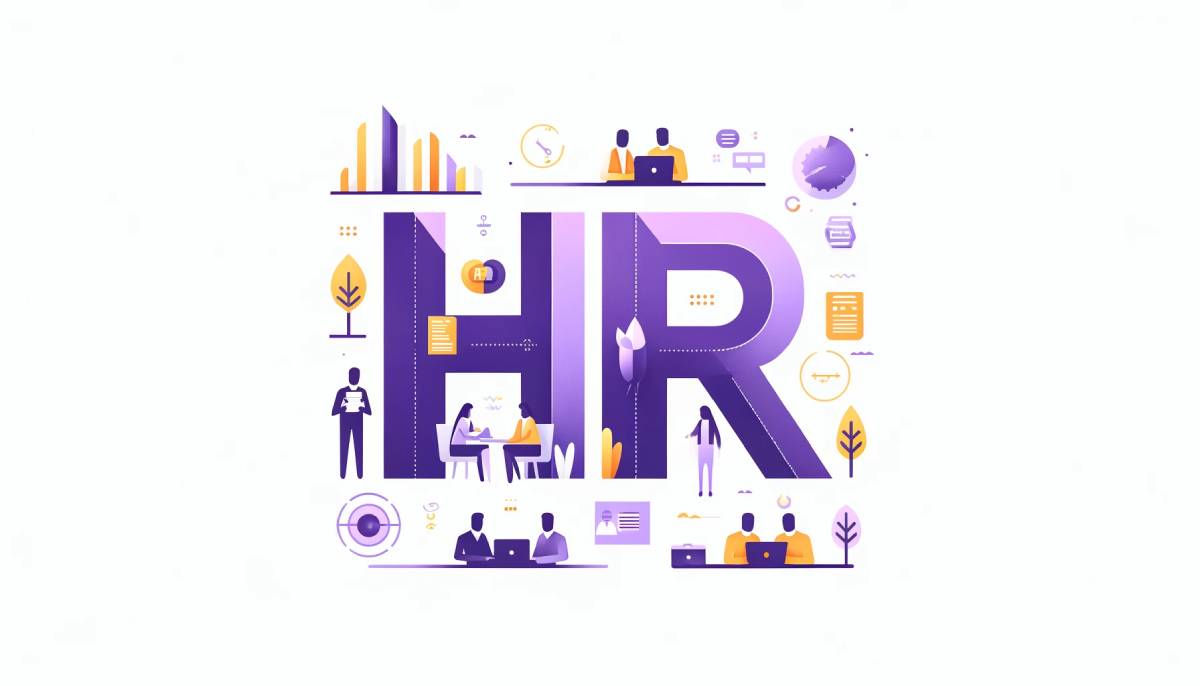The employee lifecycle is the journey along which an employee passes through different phases while working for an organization, from the moment of recruitment to the last day of employment. Typically, these stages include recruitment (hiring), onboarding, development, performance management, retention, and finally, separation. Every single stage has its unique problems and benefits, both for the employee and the organization, and the successful management of the employee lifecycle is a key factor in the success of the organization. Organizations could attract and retain the best talents, boost employee engagement and productivity, and create a happy work environment where people are nurtured to develop and achieve their goals, by learning how to manage each stage of the employee lifecycle effectively.
Stages of the Employee Lifecycle

1. Recruitment: In this step, employees are involved in finding and hiring suitable applicants for the available job vacancies. It will contain actions like posting job offers, screening CVs, and holding interviews.
2. Hiring/Onboarding: Once a candidate passes the above process i.e., selection stage, he/she moves into the hiring or onboarding. It starts by doing all the paperwork, acquiring benefits, and showing the employees what is required concerning the organization’s culture and rules.
3. Development: The phase “The development stage,” is focused on enabling employees to assume greater responsibilities and perform well in their assigned positions. Educating, equipping, fostering growth, and gradually enabling promotion are all components of it.
4. Performance Management: The stage of this process is the influence on the working of employees and their performance control. The process may comprise of goal setting, providing feedback, and conducting performance reviews.
5. Retention: Retention is about stimulating and energizing the workers so that they will not run away from their competitors. It incorporates practices like rewarding, providing positive working space, and resolving issues facing the employees.
6. Transition/Offboarding: The last part of the employee life cycle can be the employee leaving the company, under different circumstances such as deliberate or involuntary. It is made up of activities like ex-interviews processing, collecting business properties, and effective facilitation of employee shifts.
Benefits of Employee Lifecycle Management:
- Improved Recruitment and Onboarding: Structured recruitment and onboarding phase that enables organizations to engage with the best talent and integrate new employees into the corporate culture faster, ultimately resulting in higher job satisfaction and an increased level of productivity.
- Enhanced Employee Development: Employee lifecycle management addresses the delivery of training and development programs that increase employee knowledge, skills, and work enjoyment. This should bring on professional satisfaction resulting in a consequent employee retention streak and engagement.
- Better Performance Management: Frequent discussions not only help recognize problems and boost the performance of star- employees but also can be used to align employee aims with the goals of the entire organization.
- Increased Employee Engagement: Highly motivated employees typically enjoy a higher degree of productivity, creativity, and a higher level of dedication to their job. Employee cycle management is a useful tool for creating a positive and engaging work atmosphere that results in employee gratification and company loyalty.
- Effective Succession Planning: High-potential employees are those identified and developed for key leadership roles when needed to reduce the risk of leadership gaps.
- Higher Retention Rates: Monitoring and guiding employee lifecycle contributes to a high level of employee satisfaction and reduced rate of turnover. Such an improvement may provide cost-efficiency to the organizations by cutting down the recruitment and training costs.
- Improved Organizational Performance: Presently an employer who is successful in managing the employee lifecycle will certainly attain higher organizational performance since those employees who are more involved, specialized, and motivated often contribute to the attainment of organizational objectives better than others.
FAQs
The employee lifecycle represents the different stages an employee goes through within a company, from recruitment to separation, including onboarding, development, performance management, and retention.
Effective management of the employee lifecycle leads to improved recruitment, higher retention rates, enhanced employee development, better performance management, and ultimately, improved organizational performance.
The stages include recruitment, onboarding, development, performance management, retention, and transition or offboarding.
Onboarding is crucial because it helps integrate new employees into the company culture, clarifies role expectations, and sets them up for success, contributing to job satisfaction and productivity.

